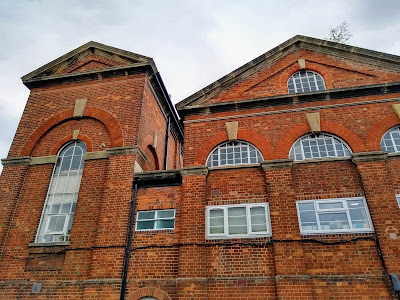From Victorian water works to a community hub...

Is this a surprising change of use for a Victorian building? An insight into how Oxford once managed its water supplies... View this post on Instagram The South Oxford community centre in Lake Street, #Oxford was originally built in 1856 as a pumping station for the city waterworks. Water was pumped from the neighbouring Hinksey reservoir, itself only formed in 1850 as a result of gravel extraction for an extension of the railway from Oxford to Banbury. The waterworks were in operation until 1934. Its cooling lake is now the boating lake in Hinksey park and filter beds were converted to swimming pools. #history #urbanhistory #Victorian #architecture A post shared by bishib70 (@landscapeandhistory) on Oct 14, 2019 at 12:48pm PDT Lake Street front: See the OS 25 inch map of the area from 1898.


